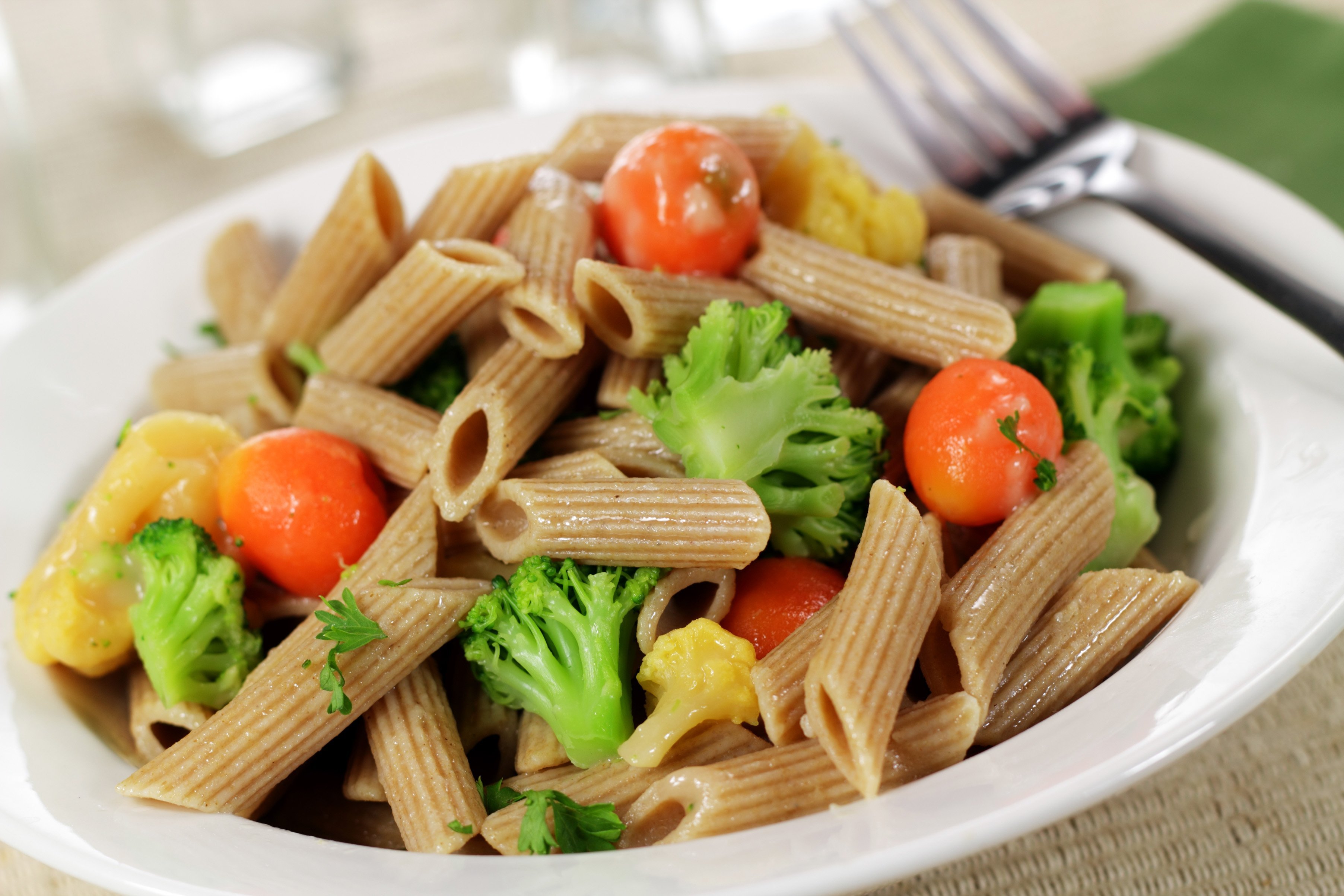Many people now find a bowl of pasta unappealing due to the heavy feeling and/or bloating that may occur following the meal, writes Deanna Copland.

The wheat and gluten in regular pastas can contribute to this effect. Pastas are traditionally very high in carbohydrates and devoid of nutrients so there are some alternatives worth trialling.
Brown rice pasta
Brown rice pasta is one of the most popular varieties of gluten-free pasta due to its mild flavour and chewy texture. Therefore it is a good substitute in most pasta dishes.
Compared with most other types of pasta, brown rice pasta is a good source of fibre — the recipe opposite contains 10g fibre, for example.
Buckwheat pasta
Buckwheat is a gluten-free seed that is highly nutritious and versatile. It has a slightly nutty flavour. My preferred brand of buckwheat pasta is Macro Buckwheat spirals, which makes for an easy lunch for the kids when made with pesto and chicken or tomato pasata and roast veggies. Be sure to follow the cooking directions as overcooking this pasta will lead to a soggier version than intended.
Chickpea pasta
Chickpea pasta is a newer type of gluten-free pasta which is readily available in most supermarkets.
It’s very similar to regular pasta but with a hint of chickpea flavour and a slightly chewier texture. Cooking times vary with pastas so read the packet instructions for each specific type.
It’s also a high-protein, high-fibre alternative to regular pasta — attributes which help you to feel fuller for longer, supporting healthy weight management.
Quinoa pasta
Quinoa is a high-protein gluten-free seed that is extremely versatile and easy to prepare. The pasta is typically made from quinoa blended with other grains, such as corn and rice. It’s often described as having a slightly grainy texture with a nutty flavour.
As one of the few plant-based complete proteins available, quinoa delivers a hearty dose of all nine essential amino acids that your body needs. It is also a good source of several other important vitamins and minerals, including manganese, magnesium, phosphorus, folate, copper and iron.
Be sure to rinse cooked pasta under running water well to remove the natural saponins which are a naturally occurring insecticide that coats the seed and protects it while in the ground.

Broccoli pesto pasta
Serves 4
3 cups brown rice pasta (uncooked)
1 cup basil leaves
1½ Tbsp pine nuts/chopped almonds
3 Tbsp extra virgin olive oil (divided)
½ tsp sea salt (divided, to taste)
¼ cup nutritional yeast/grated parmesan cheese (plus more for garnish)
2 Tbsp water
3 ½ cups broccoli (chopped into florets)
1 red capsicum (medium, sliced)
Method
1. Cook the brown rice pasta according to the directions on the package. Drain and rinse with cold water until completely cooled.
2. Meanwhile, add the basil, pine nuts/almonds, ⅔ of the oil, and half the salt into a food processor.
Blend until smooth, then stir in the nutritional yeast and water until your desired consistency is reached.
3. In a skillet, heat the remaining ⅓ of the oil over medium-high heat. Cook the broccoli and capsicum until tender, about 5 to 8 minutes.
4. Add the pasta and pesto to the skillet and stir until well combined.
Divide into bowls, garnish with more nutritional yeast (optional) and enjoy!











